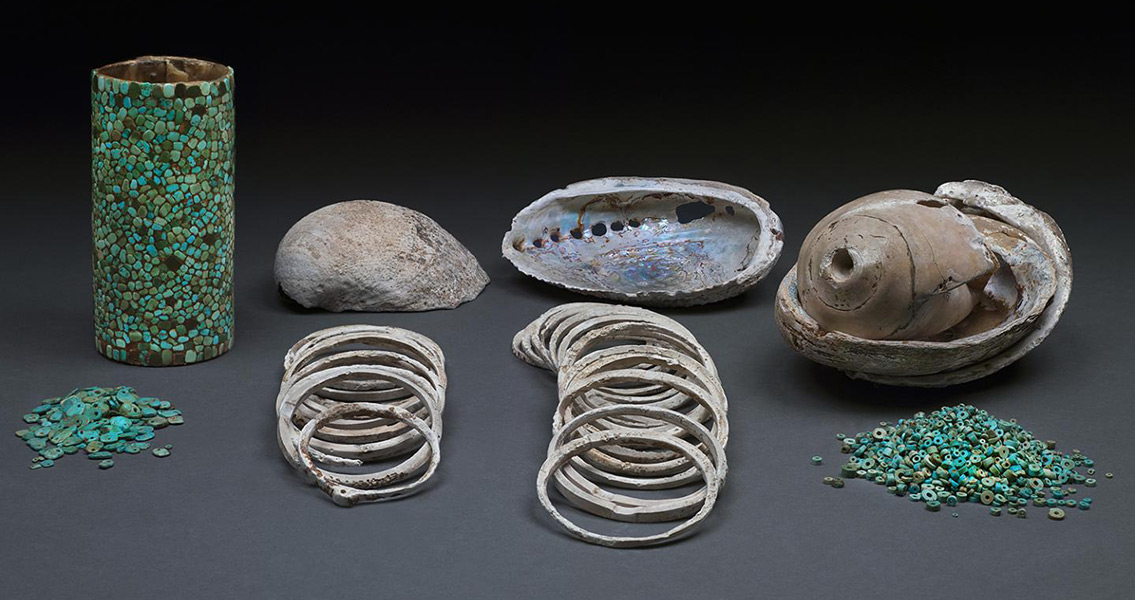<![CDATA[A team of archaeologists and biological anthropologists have used a combination of DNA analysis and radiocarbon dating to show the ancient Puebloan great house of Pueblo Bonito in Chaco Canyon, New Mexico, was ruled by a dynasty of the maternal line for over 300 years. North America's ancient Ancestral Puebloans have long been a source of mystery for archaeologists. The mark of the ancient Native American population can be seen in ruins dotted around the Four Corners Area of the United States, yet precious little is known about their society and way of life. "We are not saying that this was a state-level society," said Douglas J. Kennett, leader of the study and professor of anthropology at Penn State. "But we don't think it was egalitarian either." The Chaco Phenomenon describes the plethora of Puebloan eleventh and twelfth century great houses and kivas in Chaco Canyon. Archaeologists have long debated the nature of the society that created such spectacular buildings. Some have argued that the Chaco Phenomenon was a totally egalitarian society without any rulers at all, while others have gone as far as to say it was a fully fledged state level society or kingdom. In general, the only signs of hierarchy in archaeological ruins are grave goods. This has long proved a problem to scientists studying the Chaco Phenomenon because finding burials within structures is incredibly unusual - most people were buried outside housing compounds and with few grave goods. Key to the researchers new study was room 33 in Pueblo Bonito, a burial crypt within a 650 room pueblo dating to between 800 and 1130 CE and containing 14 burials. "It has been clear for some time that these were venerated individuals, based on the exceptional treatment they received in the afterlife -- most Chacoans were buried outside of the settlement and never with such high quantities of exotic goods," said Adam Watson, postdoctoral fellow in the American Museum of Natural History Division of Anthropology."But previously one could only speculate about the exact nature of their relationship to one another." In an article published in the journal Nature Communications, the researchers note that the crypt was purposefully constructed for a high status member of the community. The initial burial was for a man in his forties killed by a blow to the head. His burial is the richest ever found in the southwest USA, his grave goods including 11,000 turquoise beads and 3,300 shell beads alongside other artifacts including abalone shells and a conch shell trumpet originating from the Gulf of California. The other thirteen burials in the building had taken place over the course of the following 300 years. This led the team to wander if the fourteen people had all been related. DNA analysis found that all of the individuals shared the same mitochondrial genome sequence. Inherited only from the mother, matching mitochondrial DNA not only suggests a group of individuals were from the same family, but that the inheritance was matrilineal. Once the matrilineal connection had been established, the team looked to determine specific relationships among the individuals. “Using DNA sequences from the nuclear genome combined with the radiocarbon dates, we identified a mother-daughter pair and a grandmother-grandson relationship,” said Kennett. “For the first time, we’re saying that one kinship group controlled Pueblo Bonito for more than 300 years,” said Steve Plog, Professor of Archaeology, University of Virginia, who worked with the team to radiocarbon date the remains. “This is the best evidence of a social hierarchy in the ancient Southwest.” The study is available at Nature Image: Selection of turquoise and shell artifacts found in Room 33 of Pueblo Bonito (Chaco Canyon, New Mexico, USA), courtesy of Roderick Mickens ©American Museum of Natural History]]>
Pueblo Bonito Ruled by Maternal Dynasty for 3 Centuries
